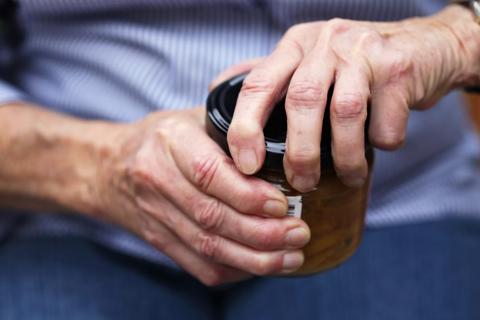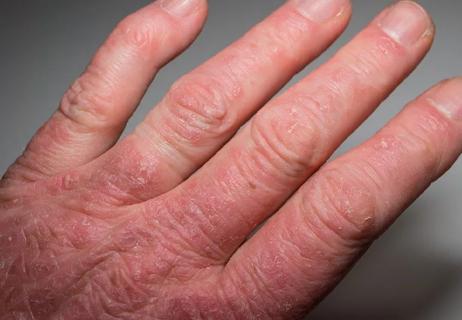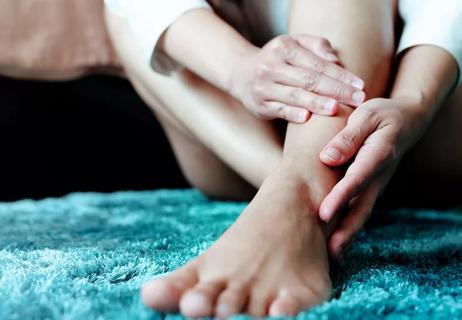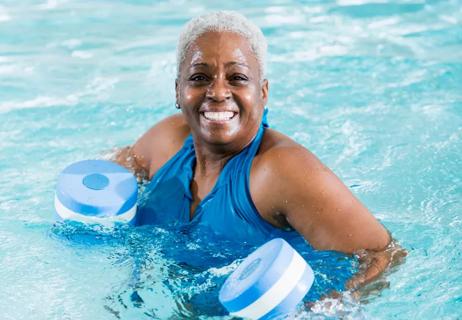Here's how to make yourself more comfortable behind the wheel

If arthritis or back problems make driving a car difficult and painful, you may fear you’ll have to stop driving. But don’t give up yet. With work and some modifications, you should be able to remain comfortably in the driver’s seat.
Advertisement
Cleveland Clinic is a non-profit academic medical center. Advertising on our site helps support our mission. We do not endorse non-Cleveland Clinic products or services. Policy
“People with arthritis that impacts their ability to function, including driving, should start by talking to their doctor about medications and other treatment options to help alleviate pain,” says Patrick Baker, MHS, OTR/L, CLVT, CDRS, an occupational therapist with Cleveland Clinic’s Driver Rehabilitation Program.
Baker also recommends going to a physical therapist or occupational therapist. “When you have painful arthritis, too much activity can exacerbate the pain, but doing too little will make it hurt even more,” he explains. “You have to strike the right balance.”
A physical therapist can work with you on exercises for stretching and strengthening. “With good muscle tone, joints can better do what they’re supposed to do,” he says. “You can also learn how to pace yourself, so you can take full advantage of your abilities without overdoing it.”
There are simple steps you can take to minimize pain and accommodate limited range of motion when driving. Here are Baker’s top recommendations:
Advertisement
If problems with your back, knees, hips, hands or neck still make driving too uncomfortable, Baker recommends consulting a certified driving rehabilitation specialist. You can find one in your area on the website of the Association for Driver Rehabilitation Specialists.
“There often is more than one issue making driving more difficult, including medical conditions not related to arthritis,” he says. Certified driver rehabilitation specialists are occupational therapists trained to look at the entire person and make appropriate recommendations.
“Driving is the most hazardous activity we do on a daily basis,” Baker says. “It takes our whole body to do it — physically, mentally, visually — so we need to be at our best.” The goal of a driver rehabilitation program is to figure out how to keep you on the road for as long as it is possible and safe.
This article originally appeared in Cleveland Clinic Arthritis Advisor.
Advertisement
Learn more about our editorial process.
Advertisement

Simple exercises like tendon glides and finger lifts can have a big impact

Research is inconclusive, so don’t stop eating tomatoes, potatoes and peppers just yet

From heating pads and ice to exercises and splints, find the relief that works for you

What’s the difference between these types of inflammatory arthritis?

The link between joint pain and skin rashes

What’s the difference between these types of arthritis?

Remember to start slow and if things don't improve, ask your doctor about more advanced solutions

Working out is one of the best things you can do to improve your symptoms

Type 2 diabetes isn’t inevitable with these dietary changes

Applying a hot or cold compress can help with pain